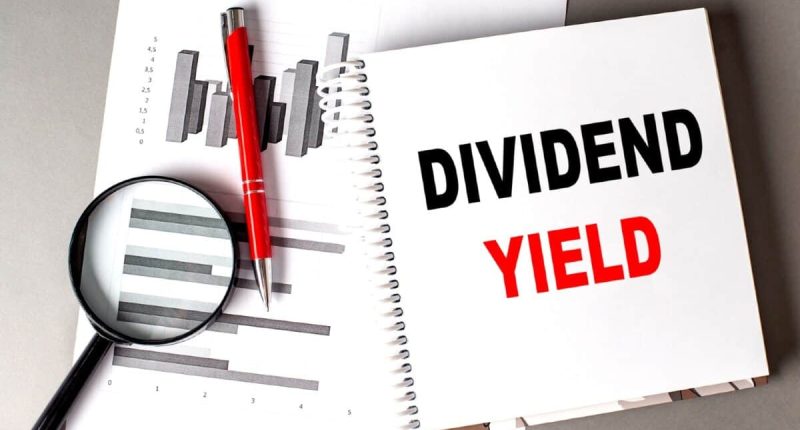Legal & General (LSE: LGEN) currently boasts one of the highest dividend yields in the FTSE 100, sitting at an impressive 9.4% based on 2025 forecasts. For income-focused investors, this figure undoubtedly grabs attention. But as the saying goes, “If it looks too good to be true, it probably is.” So, what’s the catch behind this sky-high yield?
High-Yield Stocks: Opportunity or Warning Sign?
Stocks offering unusually high dividend yields often come with underlying risks. When a company’s yield climbs to such elevated levels, it typically signals skepticism from large institutional investors.
Why is that? Institutional investors tend to avoid stocks they perceive as risky. Their lack of interest drives share prices down, inadvertently increasing the dividend yield. If Legal & General were a low-risk income opportunity, demand from institutional buyers would likely push the share price higher, reducing the yield.
What’s Behind the Caution Toward Legal & General?
Exposure to Gilt Market Volatility
One key factor is Legal & General’s exposure to the gilt (UK government bond) market through its liability-driven investment (LDI) business. LDI involves balancing future liabilities, such as pension scheme payouts, with returns from assets like bonds and derivatives.
However, when the gilt market becomes volatile—as it has recently—companies in the LDI space may face margin calls on their gilt derivative positions. This means they must provide additional capital to maintain those positions, which could strain their balance sheet and liquidity.
For investors, this raises concerns about Legal & General’s financial stability and its ability to sustain future dividend payments.
Low Dividend Coverage Ratio
Another red flag is Legal & General’s dividend coverage ratio. In recent years, this metric—calculated as earnings per share divided by dividends per share—has fallen below the critical threshold of 1. For 2024, the expected ratio is 0.87, meaning the company’s earnings won’t fully cover its dividend payouts.
This shortfall suggests that the current dividend yield may not be sustainable in the long term, potentially putting income-seeking investors at risk.
Share Price Volatility
Legal & General shares also exhibit significant price volatility. With a beta of 1.65, the stock is about 65% more volatile than the broader market. If the UK stock market were to drop by 10%, Legal & General shares could fall by 16.5%.
This heightened volatility poses a challenge for investors aiming to preserve capital while generating steady returns. For comparison, lower-volatility dividend stocks like National Grid or Unilever, with betas of around 0.4, may offer a safer income stream.
Should You Invest in Legal & General Shares?
While the 9.4% yield is undeniably attractive—more than double the FTSE 100 average—it comes with notable risks. Uncertainty surrounding the gilt market, a weak dividend coverage ratio, and share price volatility make this stock less appealing to risk-averse investors.
That said, for those willing to tolerate higher risk in exchange for potentially high income, Legal & General shares could be worth considering. However, it’s crucial to weigh the potential rewards against the risks.
Final Thoughts
Legal & General’s dividend yield is eye-catching, but it’s no free lunch. Investors should carefully evaluate the company’s financial health, market exposure, and dividend sustainability before making a decision. For now, Legal & General may remain more of a watchlist candidate than a must-buy stock for many investors.
If you’re looking for high-yield dividend stocks with lower risk, there may be better options out there. Always diversify your portfolio to minimize exposure to individual stock risks.










